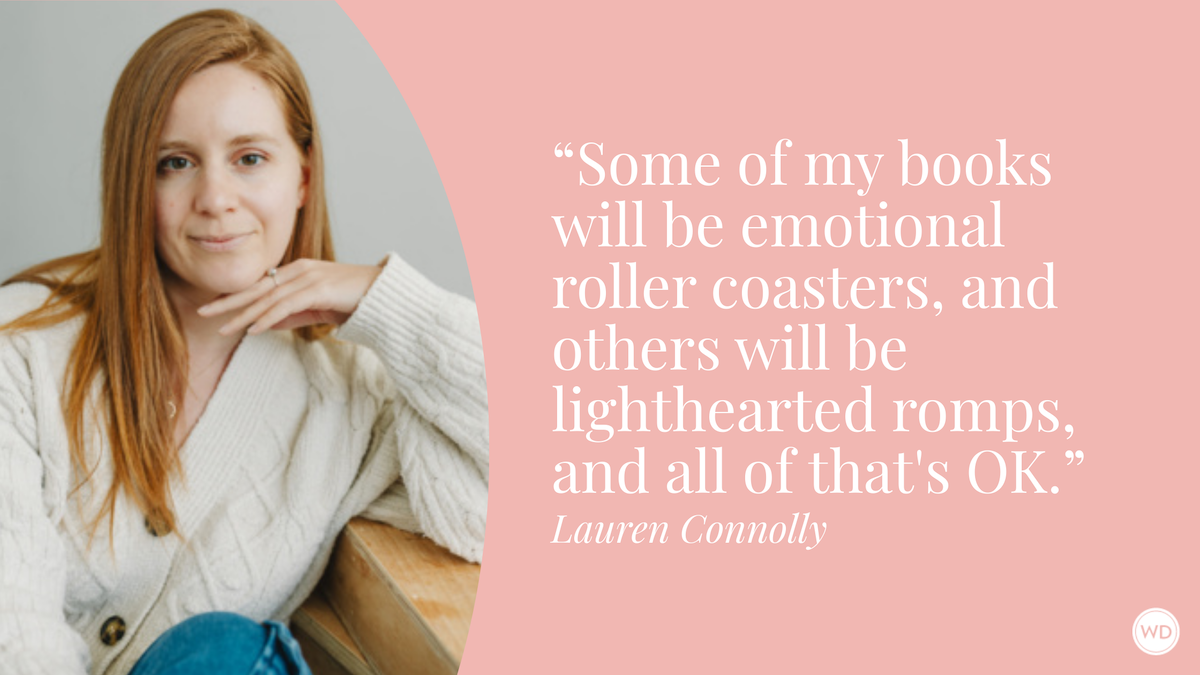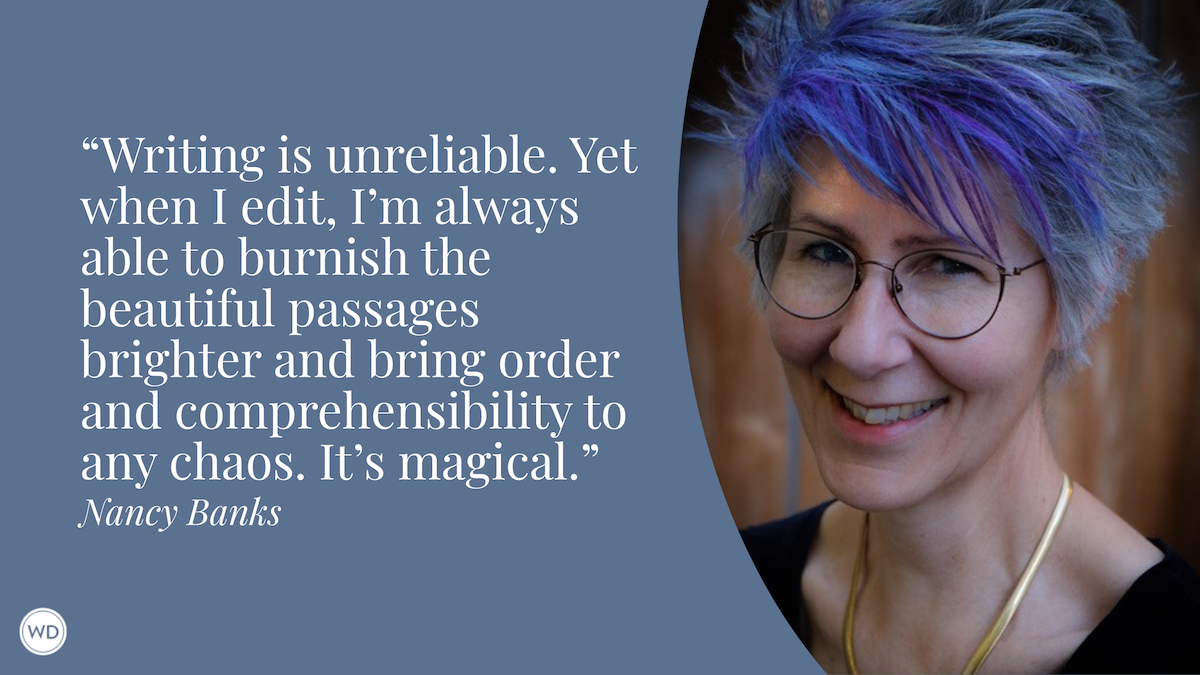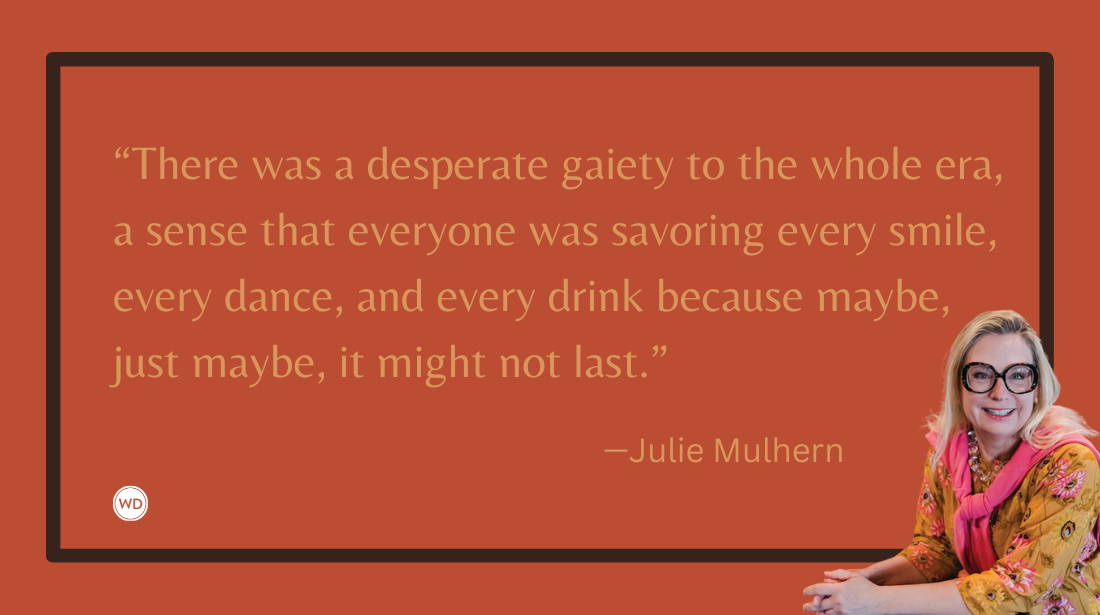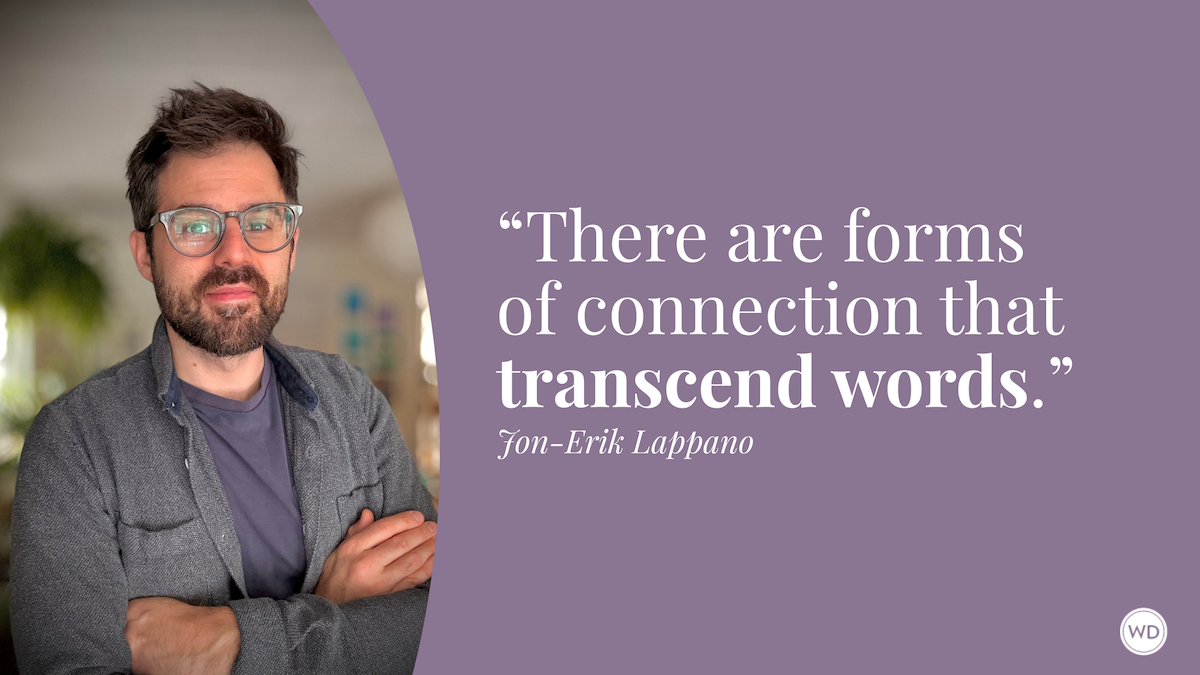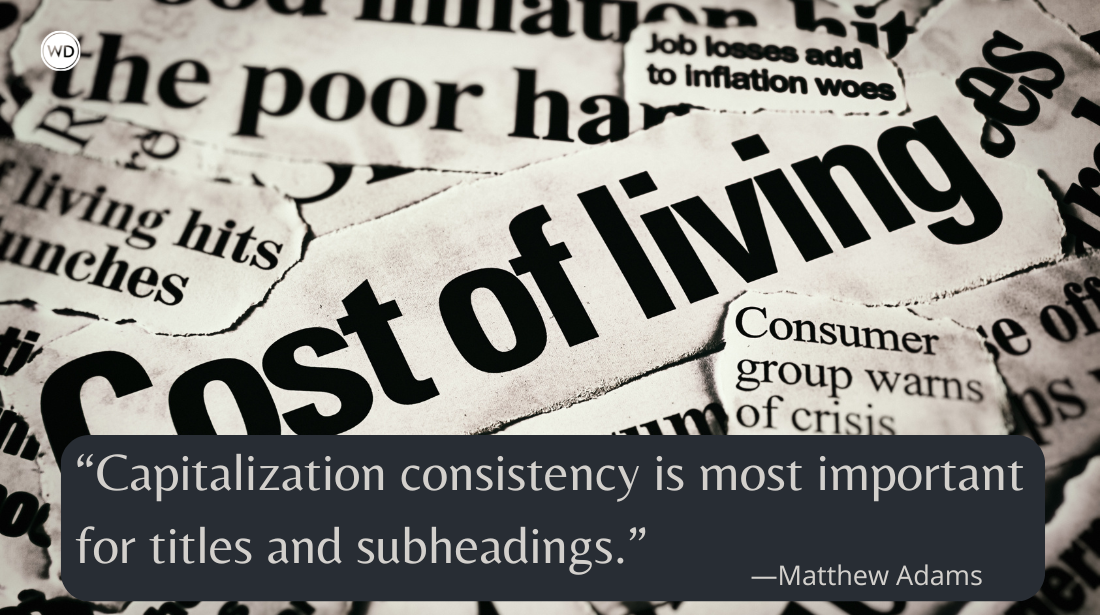Plotting or Plodding: How to Keep Your Story Moving
Bestselling author Sheila Roberts shares strategies for keeping your story moving forward, including an easy-to-use plot formula.
Plot, it’s the stuff that gives our fictional characters a reason to exist. And it’s what makes readers want to continue to hang out with them. Because, let’s face it, just watching someone sitting around watching movies or baking cookies isn’t going to keep anyone’s attention. Not that I’ve got anything against my character watching a movie or baking something yummy, but that needs to be saved for when she’s taking a breather in between fighting with her rotten boss at the office or trying to catch a murderer.
A novel is like a story on a hike (or in the case of a thriller, on the run). There needs to be forward movement. Our characters must keep moving toward their goal, toward finding their happily-ever-after.
So, how to do that? I believe that challenge, conflict, and determination followed by action are the special fuels that keep our stories moving.
The Challenge
Let’s start with challenge. If you’ve read the classic nonfiction writer's guide, The Writer’s Journey: Mythic Structure for Writers, by Chrisopher Vogler, then you know that every story is launched when someone or something enters our main characters’ lives to launch them on their adventure. That can be anything from getting fired to getting in a car accident.
In my novel The Man Next Door, my heroine’s adventure begins when a mysterious and potentially dangerous man moves in next door. A challenge will kick our main character off the couch and get her moving.
Just like us, our fictional characters need goals. I want my main character to want something because once I give her that desire then the fun begins as I work to thwart her from getting it.
The Conflict
And this is where conflict comes in. Just as walking on that hike moves us closer to the fabulous view, conflict moves the story to the fabulous happy ending. IRL I like things nice and boring, with no scary people, no arguments, no house fires or flat tires, but in fiction, I want to see stuff happening.
So in every scene my character needs to struggle against an obstacle that stands between her and her goal. She wants to find that buried treasure. She finds a map. She starts on her wilderness trek only to encounter a robber who steals the map. She still remembers where the treasure’s buried because she memorized the map, so off she goes, racing against the robber.
The Determination
On the way she may encounter a washed-out road, a hungry bear, a hailstorm that collapses her tent. Every single thing whether human or inhuman will try to block her path and she will have to fight it. The encounter and the fight will teach her lessons and make her stronger and more determined to achieve her goal and get to that treasure.
Something needs to be happening — whether it’s a physical battle against man or nature or an internal argument my hero has with himself. If my character’s beliefs and goals are being challenged, that will force him to make a decision. Every challenge requires a decision and every decision leads to an action, and every action will either move my hero closer to his goal or sidetrack him.
The Action
When writing a scene, I always ask myself, where is the conflict here? What is happening? What is my character facing that will require her to make a decision and do something? One of my funny family sayings has always been, do something even if it’s wrong. In other words, don’t just sit around. Act!
Your main character has to act. And her actions will drive the plot. Think of Katniss Everdeen in The Hunger Games, faced with a challenge. Does she let her little sister Primrose get drafted into the death games of the State or will she do something? She does something. We all know the famous line. “I volunteer as tribute.” She rises to the challenge to be noble and acts on it and that begins her adventure. The entire rest of the story centers around Katniss facing challenge after challenge and then figuring out how to meet that challenge.
The Plot Formula
Here's an easy formula to keep in mind when plotting your scenes and your books: Challenge — decision — action.
By the way, those challenges will bring conflict of some sort. And it might start with inner conflict. Should I be a whistle blower or not? Should I give that man a second chance? Should I leave my home and join the wagon train or not? Doubt is a great plot enabler because it gives our character something to struggle against from the very beginning.
Be cruel to your characters. Keep them struggling until that final climax. They need to struggle! It’s really true that baby chicks need to peck out of that egg to get strong and survive in the world of the barnyard. And it’s also true that characters need a constantly forward moving plot with increasing challenges in order for their story to be strong. Let’s keep our characters challenged and struggling right up through that final climax of the story. Keep their lives moving forward.
Yes, I’ll let my heroine bake some cookies. She can even sample a couple. But she’d better brace herself because something new is lurking right around the corner. And that will keep her life interesting and, hopefully, keep my readers interested, too.
Check out Sheila Roberts' The Man Next Door here:
(WD uses affiliate links)




